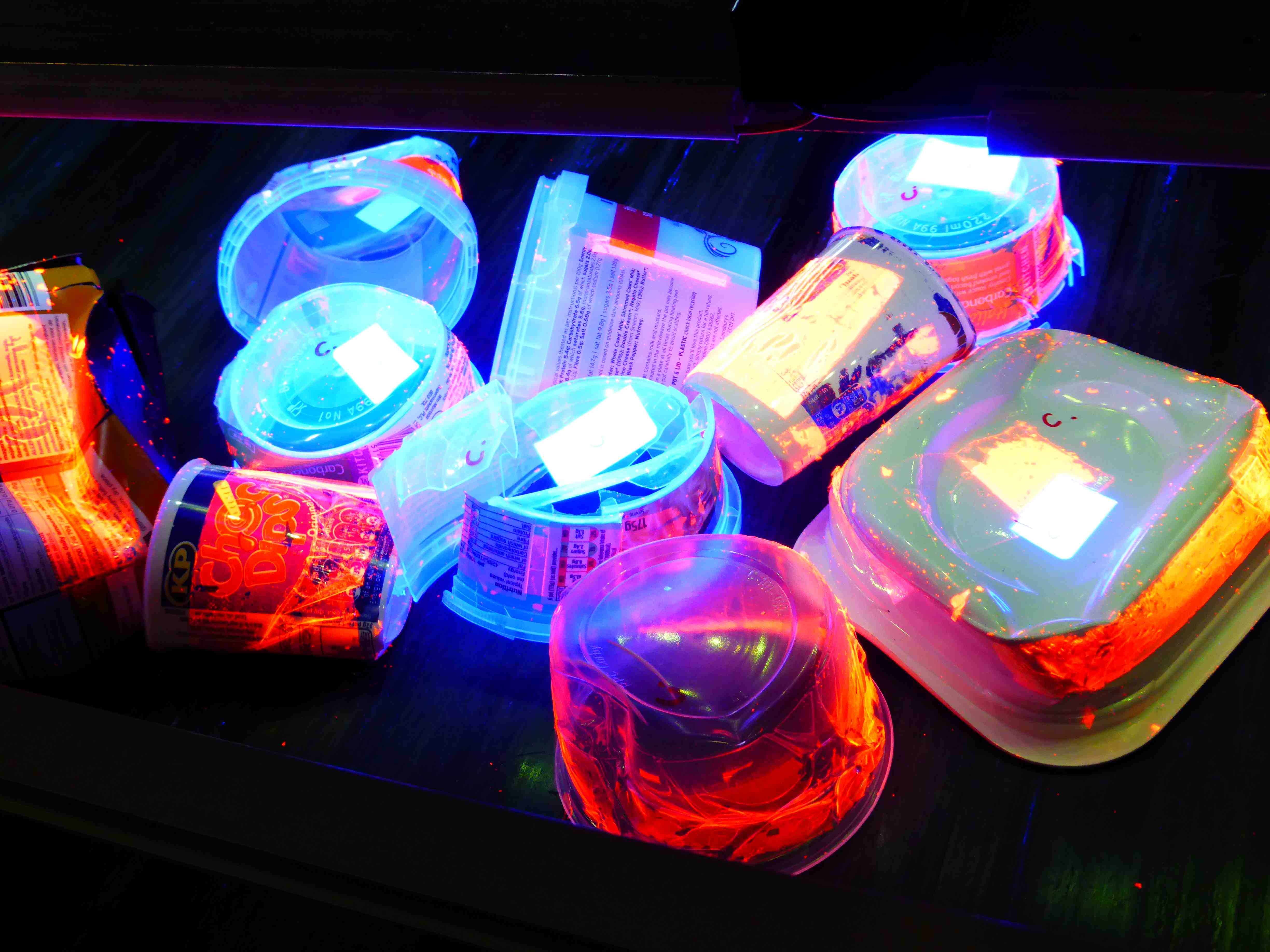Plastıc Recyclıng Wıth Fluorescent
Researchers at Ludwig Maximilians Universitaet (LMU) in Munich have developed a faster and easier way to identify and separate plastics (eg polyethylene terephthalate PET / PETE and polyvinyl chloride PVC). The method uses a fluorescence-based radiation method of the material.
LMU professor of chemistry. Heinz Langhals said: Plastics emit fluorescent light when exposed to short-term light, and the emission deteriorates significantly over time. Therefore, their fluorescence lifetime is highly characteristic for different polymer types and can serve as a determining fingerprint.After excitation by radiation, the plastic passes through a photoelectric sensor that measures the amount of illumination. This process determines the progression of plastic degradation. The polymers used in plastics show their individual fluorescence life, so the shape of the decay curve can detect it.
“Polymers provide an interesting basis for the sustainable cycle of technological materials. With a crucial requirement, it is certain that the recycled material must be chemically pure.”
Purity Prevents Downcycling Waste
Polymers are thermoplastically processed by melting and injection molding at high temperature to form the finished product. During recycling, the plastic is again exposed to high temperature. This classified material may change its properties if contaminated by another polymer. The material is then recycled. Recycling occurs when a material loses quality or functionality in the recycling process, but the final product can be used. Polymers do not mix well with other polymers. Even a 5% contamination can greatly reduce the quality of the final product. For this reason, it is essential that new high-quality plastics are always produced from pure materials without using recycled materials.
The new method developed by the LMU team using fluorescence allows for up to 1.5 tonnes of plastic per hour. As a result, it already meets the requirements for industrial use. Current technology requiring separation of plastics for recycling involves near infrared spectroscopy that scans plastics on a high-speed conveyor belt under a strong light source. Some of the wavelengths are absorbed, others are reflected and captured by lenses. The lenses transmit a signal to the shutter valves defining the material and the material is blown into the appropriate groove.
Recycling is the only way to save the planet, and this applies to all kinds of matter. The faster and more efficient the techniques for sorting the materials, the better. Many products such as filaments, polyester woven and carpet for 3D printing can be produced with recycled plastics.



